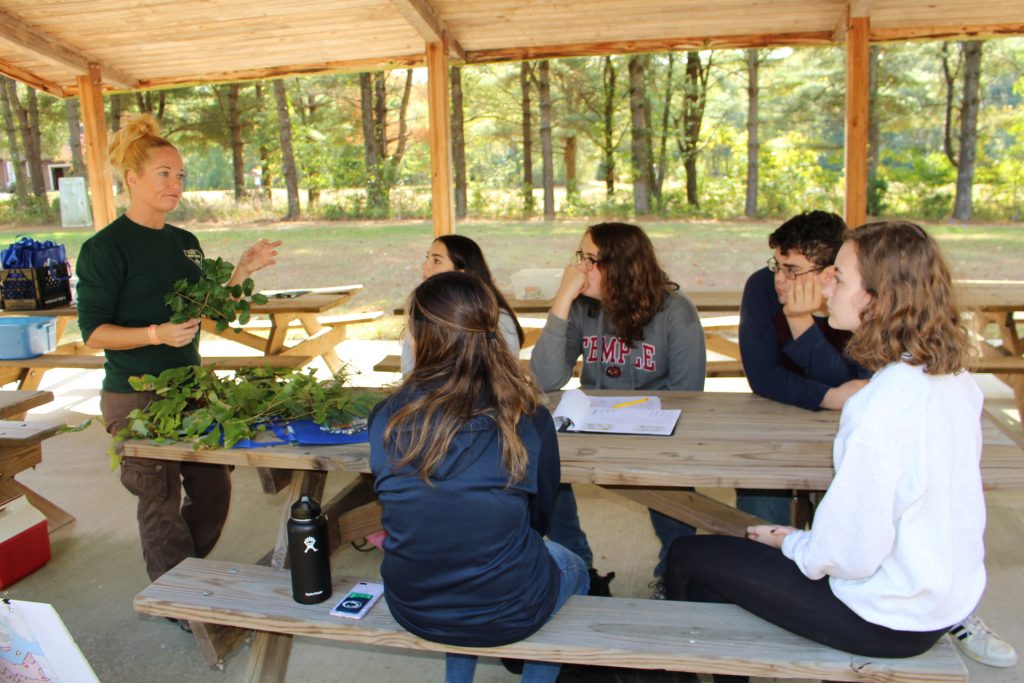Go out to a stand of trees and identify all of them. Practice without using a key, if you can. Measure them and determine as much silvicultural information from them as possible.
Identify a local stream that runs through a farm and a stream that runs through an urbanized neighborhood. What kind of vegetative buffer exists there? Describe the resultant effects on the water quality of these streams if vegetative buffer strips are developed or removed from along the streams.
Go into a wooded area and identify its stage of development. What benefits does it have for wildlife habitat? What kind of forest products could be derived from this area? If a developer were to come to this area what recommendations would you give for its management?
Differentiate between a service forester, a consulting forester, and an industrial forester. You may want to call some foresters to discuss this with them. What kind of information could each of these foresters give you if you were interested in developing a management plan for your 30-acre woodlot?
Sample Questions
- The Delaware Seed Tree Law (1989) requires regeneration of the following species: _________________, ________________, __________________, and _________.
- Match the following trees to their shade tolerance:
- Loblolly Pine _________Very Tolerant
- American Beech _________ Intermediate
- Red Oak _________ Intolerant
- Check all of the following products which are derived from trees:
- _____ cork
- _____ plastic comb
- ______ latex paint
- _____ rayon
- _____ chocolate
- ______ aspirin
- Why are forest stand volume estimates important? What causes volume estimates to be inaccurate?
- The organic debris or litter found in a layer on the forest floor, called duff, provides which of the following benefits to the forest?
- a) helps soil moisture retention
- b) increases soil aeration and water absorption capability
- c) increases the amount of organic matter incorporated into the soil
- d) all of the above

